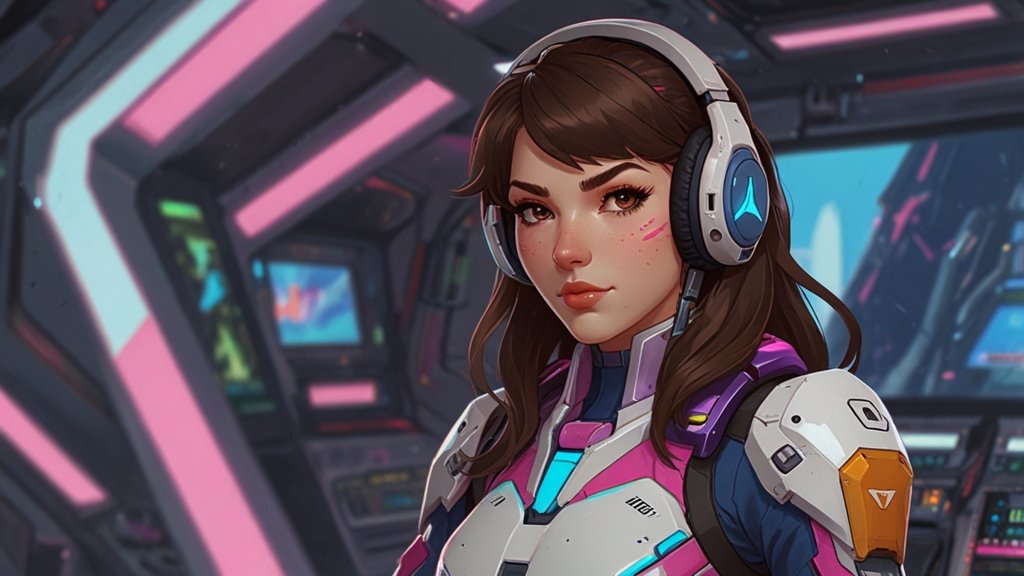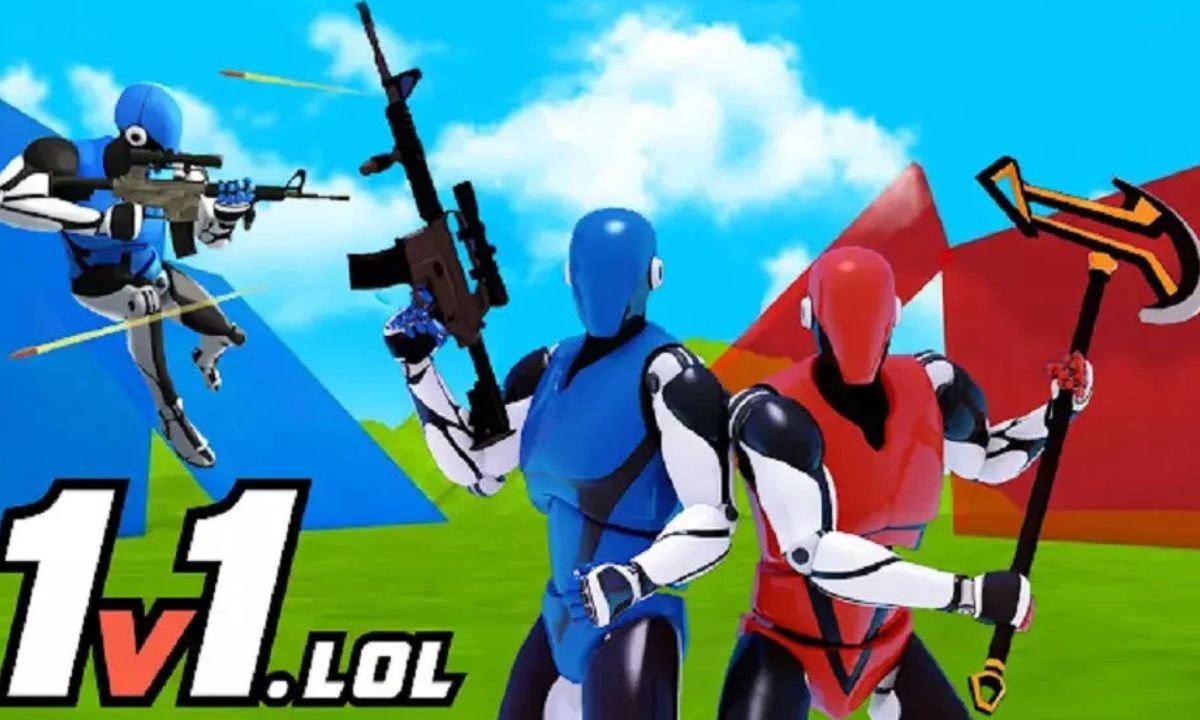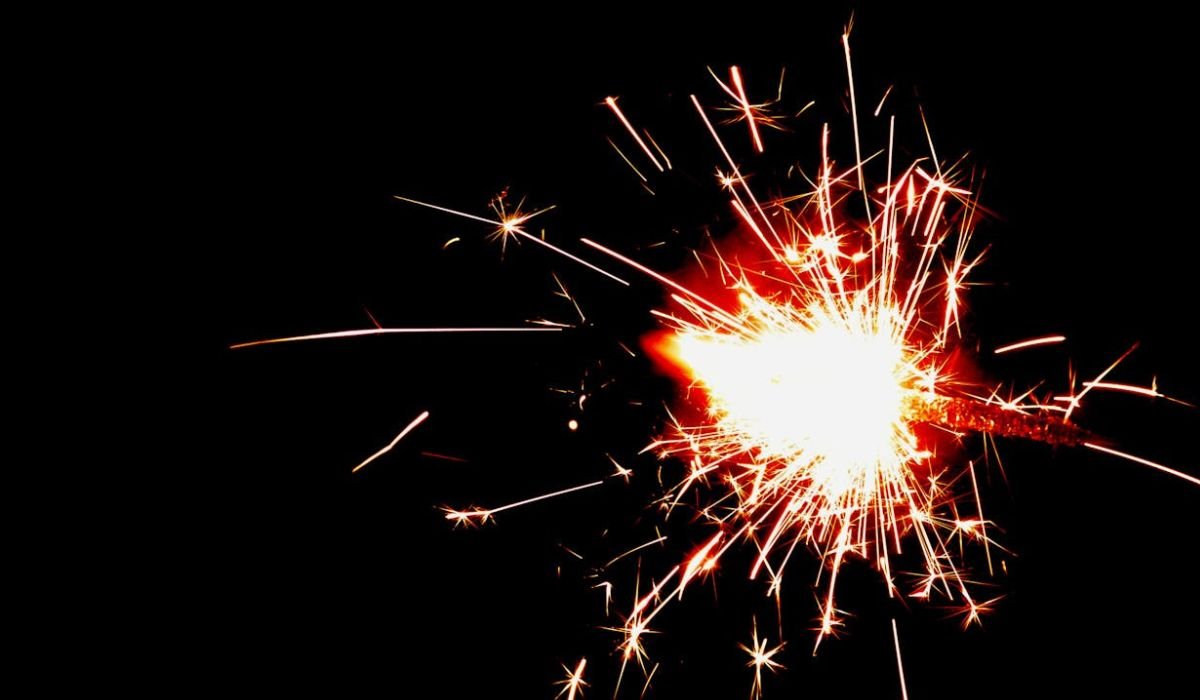Picture this: you’re scrolling through your favorite Overwatch fan art hub or meme page. Suddenly, amidst the epic plays and character sketches, you see it – a bold, often irreverent declaration: “dva is trans lmfao.” It might make you chuckle, pause, or scratch your head. Is this just another random internet joke? Or is there something deeper simmering beneath the surface of this viral phrase? Far from mere trolling, this seemingly simple meme taps into a powerful current within modern fandom: the desire for representation and the transformative power of headcanon.
While Blizzard Entertainment has never officially confirmed Hana “D.Va” Song as a transgender character, the persistent fan theory and its associated catchphrase “dva is trans lmfao” have become a cultural touchstone. This phenomenon isn’t just about assigning an identity to a beloved gamer; it’s a fascinating case study in how player communities actively shape narratives, fill representation gaps with creativity, and spark vital conversations about identity, inclusivity, and belonging in the digital spaces they inhabit. It’s a blend of humor, advocacy, and pure fandom love, proving that sometimes, the most impactful stories are the ones we tell together.
From Typed Chat to Cultural Moment: The Rise of “dva is trans lmfao”
The exact origin point of “dva is trans lmfao” is as elusive as a Tracer blink, typical of internet-born phrases. It organically emerged from the vibrant, fast-paced communities surrounding Overwatch – places like Reddit (r/Overwatch, r/Transgamers), Twitter, Tumblr, Discord servers, and fan art platforms.
- Fan Theories Take Flight: Discussions about character backgrounds, motivations, and identities are core to any active fandom. Fans began analyzing D.Va’s story, personality traits, and even subtle visual cues (often seen through a hopeful lens), proposing transgender identity as a plausible and resonant interpretation.
- The Memeification: The phrase “dva is trans lmfao” crystallized as a shorthand for this headcanon. The “lmfao” adds a layer of internet-speak nonchalance and humor, diffusing potential tension and reflecting the often playful, absurdist tone of online spaces. It wasn’t necessarily meant as a serious academic declaration, but rather a way to signal belonging to a shared idea within the community.
- Community Amplification: Fan artists began creating works depicting D.Va with trans pride flags or symbols. Writers explored the concept in fanfiction. The phrase became a banner under which fans expressing a desire for more diverse representation, particularly trans representation in mainstream gaming, could gather. It spread rapidly because it resonated.
The Power of Headcanon: Filling the Representation Void
Headcanon – ideas or interpretations about a character or story that aren’t officially confirmed but are accepted as true within a fan’s personal understanding or a community – is a fundamental aspect of fandom engagement. The “dva is trans lmfao” headcanon gained significant traction precisely because it addressed a real gap:
- Scarcity of Official Trans Characters: Despite growing awareness, explicit, well-developed transgender characters in AAA games, especially as prominent heroes like D.Va, remain rare. Fans, particularly LGBTQ+ fans, often see themselves reflected minimally or not at all in mainstream narratives.
- Creating Personal Connection: Headcanons allow fans to forge deeper, more personal connections with characters. Seeing D.Va, a confident, skilled, and beloved hero, potentially sharing their identity is incredibly validating and empowering for trans fans.
- Beyond Tokenism: This headcanon wasn’t about checking a box. Fans invested in it often explored how being trans might influence D.Va’s experiences, her relationship with her mech (MEKA), her public persona as a national icon, or her interactions with other heroes, adding layers of depth they craved.
Representation: Official vs. Fan-Driven
| Feature | Official Representation | Fan-Driven Representation (e.g., “dva is trans lmfao”) |
|---|---|---|
| Source | Creators/Studio (Blizzard) | Player/Fan Communities |
| Canonicity | Authoritative, part of the “official” story | Non-canonical, exists as personal/community belief |
| Motivation | Narrative design, market considerations, etc. | Desire for personal connection & filling representation gaps |
| Development | Controlled, part of broader story arcs | Organic, evolving through discussion, art, and fiction |
| Impact Scope | Broad audience, sets baseline | Deeply resonant for specific communities, builds subculture |
| Validation | Implicitly granted by creator status | Validated by community acceptance and shared meaning |
Also Read: MonkeyGG2: Your Secret Portal to Unblocked Browser Gaming Anywhere
Why “lmfao”? Humor as Armor and Advocacy
The inclusion of “lmfao” in “dva is trans lmfao” is crucial to understanding its tone and function:
- Diffusing Tension: Discussing identity, especially trans identity, online can attract negativity. The humor acts as a shield, making the statement feel less like a confrontational demand and more like an inside joke or a playful assertion. It lowers defenses.
- Community Bonding: Shared laughter is powerful. The “lmfao” signals belonging to a specific in-group that “gets” the joke and the underlying sentiment. It creates camaraderie.
- Challenging Solemnity: It pushes back against the idea that discussions about representation must always be deadly serious. Joy and humor are valid parts of the LGBTQ+ experience and fandom culture. Advocacy can be celebratory and fun.
- Memetic Virality: The absurdity and catchiness of the phrase make it highly shareable, ensuring the core idea – the headcanon – spreads far wider than a more formal statement might.
Beyond the Laughs: Sparking Real Conversations
While often delivered with humor, the “dva is trans lmfao” phenomenon consistently sparks deeper, meaningful discussions:
- Representation Matters: It keeps the conversation about the need for diverse and authentic LGBTQ+ representation in gaming front and center. Fans use it to highlight what’s missing officially.
- The Validity of Headcanon: It challenges the notion that only creator-confirmed details matter. It asserts that fan interpretations have value, resonance, and cultural significance in their own right.
- Identity Exploration: For many fans, engaging with this headcanon is a way to explore concepts of gender identity in a safe, fictional context, or to see positive reflections of themselves.
- Fandom as a Force for Inclusion: It showcases how fan communities can be proactive forces for inclusivity, creating spaces and narratives that welcome marginalized identities even when official sources lag behind.
The Positive Fandom Impulse: Building a More Inclusive World
At its heart, the “dva is trans lmfao” meme reflects a fundamentally positive impulse within fandom:
- Love for the Character: It stems from a place of deep affection and admiration for D.Va. Fans want to see her reflect more diverse experiences because they connect with her strongly.
- Desire for Belonging: Fans, especially those from underrepresented groups, seek characters they can see themselves in. This headcanon creates that sense of belonging within the Overwatch universe.
- Creative Empowerment: It demonstrates fans taking ownership of the narrative, using their creativity to expand the world in ways that feel meaningful to them.
- Advocacy Through Playfulness: It proves that advocating for representation doesn’t always require formal petitions or solemn essays. Playful memes and shared headcanons can be powerful tools for visibility and normalization.
The Takeaway: More Than Just a Meme
The next time you encounter “dva is trans lmfao”, look beyond the surface humor. Recognize it as a vibrant example of:
- Fandom’s Creative Power: Communities actively shaping meaning and representation within the worlds they love.
- The Hunger for Diverse Stories: A clear signal to creators that audiences crave and connect deeply with diverse identities.
- Humor as a Tool for Change: How levity can be used to broach important topics, build community, and challenge norms.
- The Validity of Personal Interpretation: Headcanons are valid expressions of connection and meaning-making.
While D.Va’s official identity remains as Blizzard has portrayed her, the “dva is trans lmfao” headcanon stands as a testament to the enduring desire for inclusivity. It’s a fan-created spark of representation, wrapped in internet humor, that ultimately celebrates the potential for our favorite characters to reflect the beautifully diverse spectrum of human experience. It reminds us that sometimes, the most impactful stories aren’t just told to us, but are built with us.
You May Also Read: virtuared pes 2015 Game Changer Every Player Needs
FAQs
Is D.Va actually confirmed as transgender by Blizzard?
No. Blizzard Entertainment has never officially stated that Hana “D.Va” Song is transgender. The “dva is trans lmfao” idea is purely a popular fan theory and headcanon within the community.
Why do fans believe D.Va could be trans?
Fans point to various interpretations: her background as a young star facing immense pressure (resonating with trans experiences), her confident persona potentially masking vulnerability, subtle design elements (sometimes wishful thinking), and most importantly, a strong desire to see a beloved, mainstream hero reflect transgender identity.
Isn’t saying “dva is trans lmfao” just trolling or disrespectful?
While some individuals might use it flippantly, for the vast majority of fans using it, especially within LGBTQ+ spaces, it’s not trolling. It’s a blend of genuine headcanon advocacy, community bonding through shared humor (“lmfao”), and a way to discuss representation in a less confrontational tone.
Does this headcanon take away from other characters or real trans people?
Headcanons like this generally exist alongside appreciation for canon and real-world representation. Fans advocating for this D.Va interpretation are often the same ones supporting official trans characters (when they exist) and real trans individuals. It’s about expanding possibilities, not replacing realities.
How has Blizzard responded to this fan theory?
Blizzard hasn’t directly addressed the “dva is trans lmfao” meme or headcanon. They have made strides with LGBTQ+ representation elsewhere in Overwatch (e.g., Tracer, Soldier: 76, Baptiste being confirmed as LGBTQ+), but D.Va’s identity hasn’t been officially expanded in this direction.
Why is the “lmfao” part important?
The “lmfao” serves several purposes: it adds internet-culture authenticity, uses humor to diffuse potential hostility around a sensitive topic, signals the statement isn’t necessarily meant as a rigid factual claim but a shared community idea, and makes the phrase more viral and memorable.
What’s the positive impact of memes like this?
Beyond the laughs, it keeps conversations about LGBTQ+ representation in gaming active. It validates trans fans’ desires to see themselves in heroes. It demonstrates fandom’s power to create inclusive narratives. It shows advocacy can be joyful and communal. It highlights the importance of headcanon as a form of personal connection and meaning-making.











